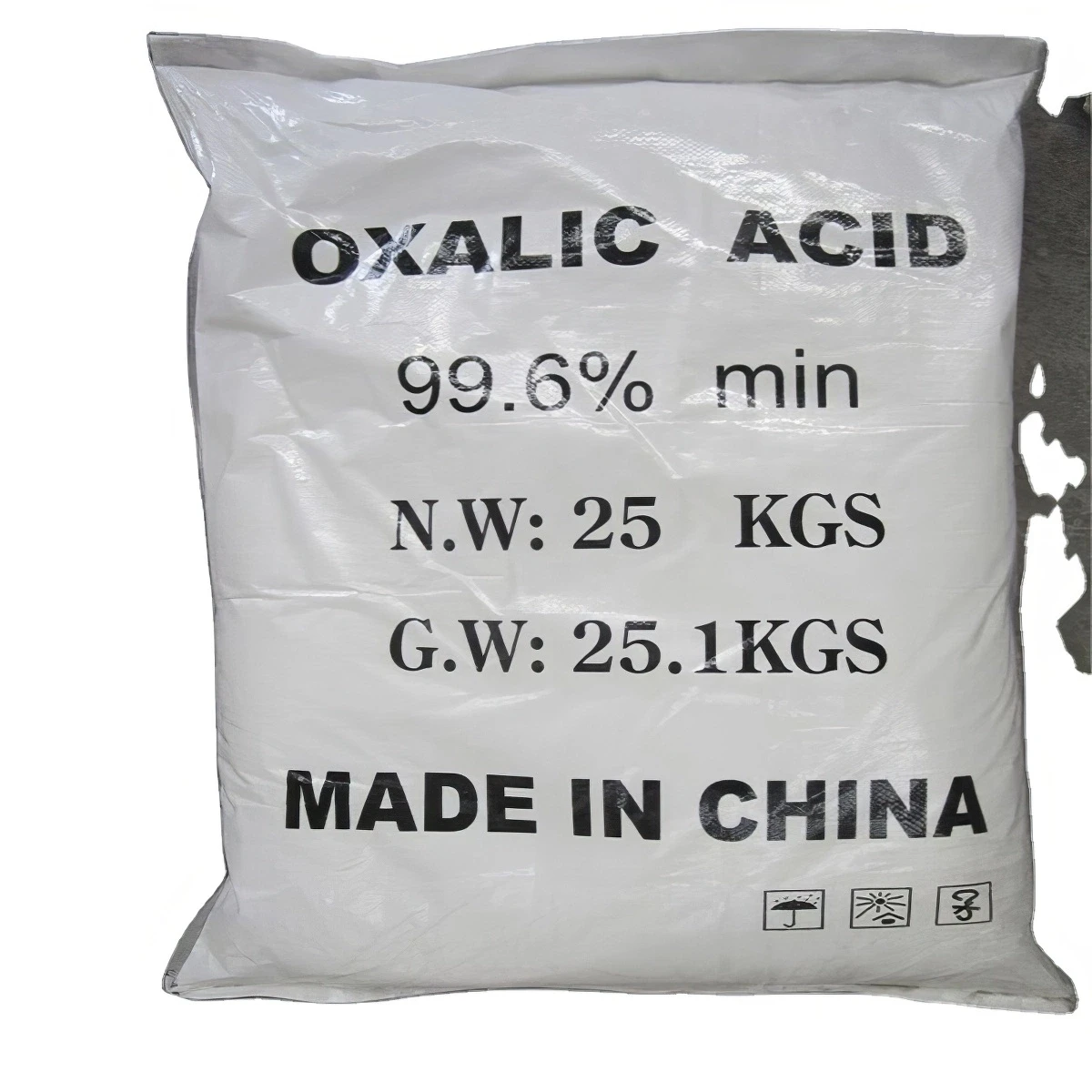



water disinfection chemicals
Water Disinfection Chemicals Ensuring Safe Drinking Water
Access to safe drinking water is a fundamental human right, essential for health, sanitation, and overall well-being. However, water sources can be contaminated with various pathogens, chemicals, and pollutants that pose significant health risks. To combat these issues, water disinfection chemicals play a critical role in making water safe for consumption. This article explores the various types of water disinfection chemicals, their mechanisms of action, and their importance in public health.
Types of Water Disinfection Chemicals
1. Chlorine One of the most widely used disinfectants, chlorine effectively kills bacteria, viruses, and other microorganisms. It is commonly added to drinking water during the treatment process. Chlorine's ability to produce a residual effect means that it continues to disinfect water as it travels through pipes, providing ongoing protection against recontamination. However, its use has also raised concerns about the formation of harmful by-products, such as trihalomethanes (THMs), when chlorine reacts with organic matter.
2. Chloramine Formed by combining chlorine with ammonia, chloramine is an alternative disinfectant used by many water treatment plants. It is more stable than chlorine, providing a longer-lasting residual effect while producing fewer harmful by-products. Chloramine is particularly effective in maintaining water quality during distribution. However, it is less effective than chlorine in killing certain pathogens, which means that monitoring and controlling microbial counts are essential.
3. Ozone Ozone (O₃) is a powerful oxidant that can eliminate a wide range of microorganisms, including bacteria, viruses, and protozoa. Ozone disinfection is often used in combination with other methods to enhance water treatment processes. Although it does not provide a residual disinfectant in the distribution system, its use minimizes the formation of harmful by-products associated with chlorine. However, ozone generation requires significant energy, making it an expensive option for some water treatment facilities.
4. Ultraviolet (UV) Radiation UV disinfection involves exposing water to ultraviolet light, which damages the DNA of microorganisms, thereby inactivating them. This method is chemical-free and does not produce any harmful by-products. UV systems are often used as a secondary or tertiary treatment method, particularly in situations where chemical disinfectants may not be desirable. However, UV treatment requires that the water be clear and free of suspended particles, as turbidity can block UV light and reduce its effectiveness.
water disinfection chemicals

5. Hydrogen Peroxide This powerful oxidant is used in some water treatment processes for its ability to destroy a wide range of pathogens. Hydrogen peroxide is often used in conjunction with UV light, enhancing its disinfection capabilities. While it is effective, hydrogen peroxide must be carefully managed and monitored due to its potential to create harmful by-products.
Importance of Water Disinfection Chemicals
The application of disinfection chemicals is crucial for ensuring the microbiological safety of drinking water. Contaminated water can cause waterborne diseases such as cholera, typhoid fever, and dysentery, posing significant public health risks. By utilizing effective disinfection methods, water utilities can provide communities with a reliable supply of safe water, thereby reducing the incidence of these diseases.
Moreover, the choice of disinfection chemicals can significantly impact water quality and public health. Water treatment facilities must strike a balance between effective disinfection and the potential formation of harmful by-products. Continuous monitoring of residual disinfectants is essential to ensure that water remains safe for consumption throughout the distribution system.
Conclusion
Water disinfection chemicals are indispensable in the pursuit of safe drinking water. With a diverse range of options available, water treatment facilities can tailor their approaches to meet specific needs and challenges. As technology advances and our understanding of water quality improves, the development and application of innovative disinfection methods will continue to enhance public health and safety, ensuring that clean water remains accessible to all.
-
Why Sodium Persulfate Is Everywhere NowNewsJul.07,2025
-
Why Polyacrylamide Is in High DemandNewsJul.07,2025
-
Understanding Paint Chemicals and Their ApplicationsNewsJul.07,2025
-
Smart Use Of Mining ChemicalsNewsJul.07,2025
-
Practical Uses of Potassium MonopersulfateNewsJul.07,2025
-
Agrochemicals In Real FarmingNewsJul.07,2025
-
Sodium Chlorite Hot UsesNewsJul.01,2025










